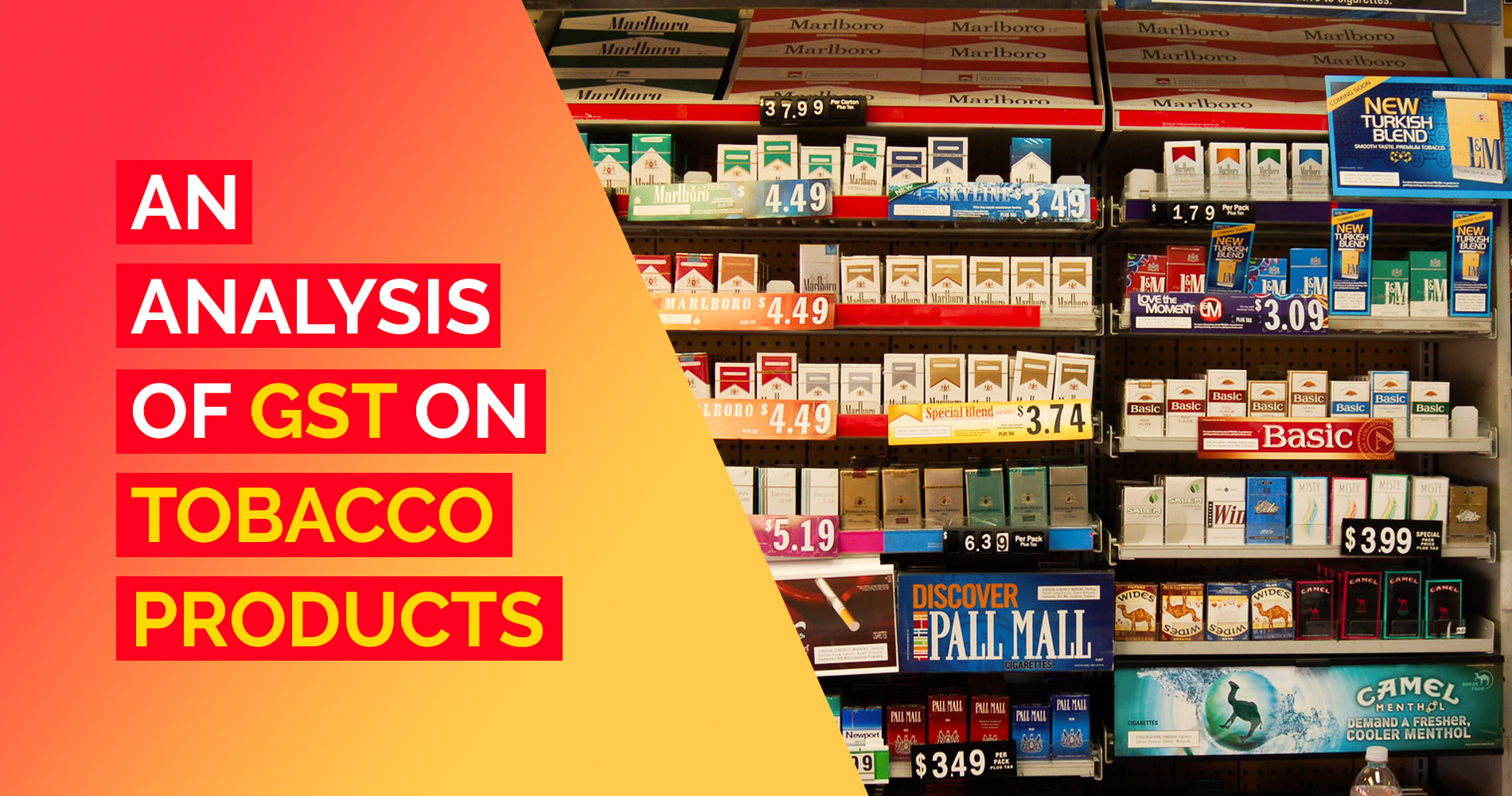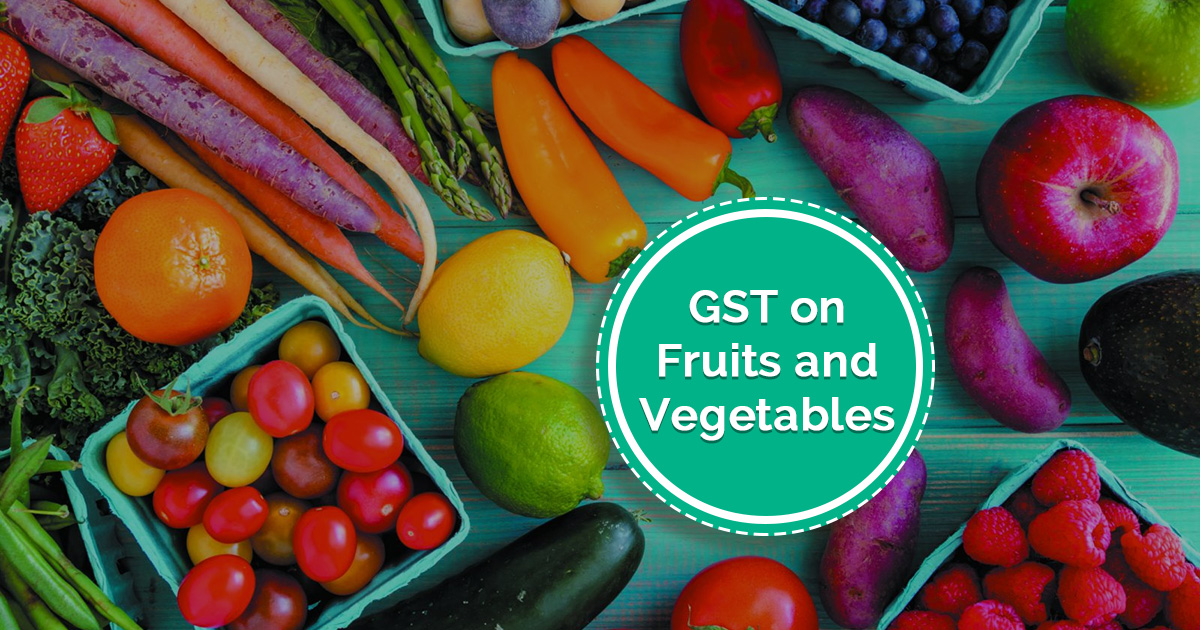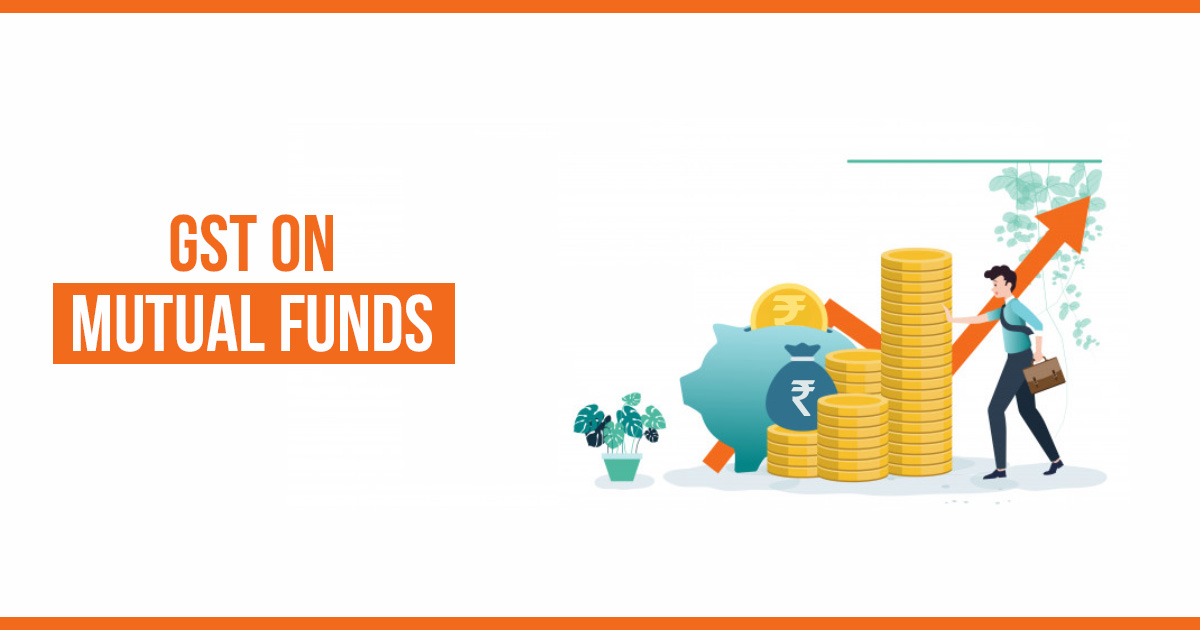The goods and services tax (GST) system was implemented as a one-in-all indirect tax system in India in July 2017 to subsume all the existing indirect taxes and charge a single consumption-based tax on a range of supplies of products/services. The tax rate under GST is divided in five slabs – 0%, 5%, 12%, 18%, and 28% – with a different rate for different product/service.
Tobacco products are one of the highest taxed commodities in India and also a major source of revenue for the Indian government. Let’s find out an analysis of GST on tobacco products.
GST Rate for Tobacco Products
The supply of tobacco products, including chewing tobacco, khaini, pan masala, jarda, cigarettes, etc, is under the highest GST slab rate of 28%.
GST rate on tobacco products (except for tobacco leaves) is 28%.
GST on tobacco leaves is 5% under reverse charge, which means the recipient of supply pays the tax directly to the government on a reverse charge basis.
In addition to GST, tobacco products are also liable for GST cess and excise duty.
Excise duty on tobacco
Excise duty in the following terms is charged on the manufacturing of tobacco products:
- Cigarette – 64%
- Bidi – 22%
- Chewing products – 81%
GST Cess on tobacco items
In addition to the standard 28% GST, an additional cess is also charged on tobacco products.
- Unmanufactured tobacco (without lime tube) – bearing a brand name – 71%
- Unmanufactured tobacco bearing a brand name – 65%
- Tobacco refuse, bearing a brand name – 61%
- Chewing tobacco (without lime tube) – 160%
- Chewing tobacco (with lime tube) – 142%
- Filter khaini – 160%
- Jarda scented tobacco – 160%
- Pan masala – 60%
- Pan masala containing tobacco ‘Gutkha’ – 204%
In its 19th meeting on 17.07.2017, the GST Council had decided to revise Cess rates on cigarettes. The new rates are as follows:
- Cigarettes (Tobacco refuse, bearing a brand name) – 61%
- Non- filter cigarette (Not exceeding 65 mm) – 5% + Rs.2076 per thousand
- Non- filter cigarette (Exceeding 65 mm but not 70 mm) – 5% + Rs.3668 per thousand
- Filter cigarette (Not exceeding 65 mm) – 5% + Rs.2076 per thousand
- Filter cigarette (Exceeding 65 mm but not 70 mm) – 5% + Rs.2747 per thousand
- Filter cigarette (Exceeding 70 mm but not 75 mm) – 5% + Rs.3668 per thousand
- Others – 36% + Rs.4170 per thousand
Cess on other tobacco products:
- Cigar and cheroots – 21% or Rs. 4170 per thousand, whichever is higher
- Cigarillos – 21% or Rs. 4170 per thousand, whichever is higher
- Cigarettes of tobacco substitutes – Rs.4006 per thousand
- Cigarillos of tobacco substitutes – 12.5% or Rs. 4,006 per thousand whichever is higher
- Other – 12.5% or Rs. 4,006 per thousand whichever is higher
- ‘Hookah’ or ‘gudaku’ tobacco bearing a brand name – 72%
- Tobacco used for smoking ‘hookah’or ‘chilam’ commonly known as ‘hookah’ tobacco or ‘gudaku’ – 17%
- Other smoking tobacco not bearing a brand name – 11%
- Smoking mixtures for pipes and cigarettes – 290%
- Other smoking tobacco bearing a brand name – 49%
- “Homogenised” or “reconstituted” tobacco, bearing a brand name – 72%
- Preparations containing chewing tobacco – 72%
- Snuff – 72%
- Preparations containing snuff – 72%
- Tobacco extracts and essence bearing a brand name – 72%
The calculation of cess is done on the applicable GST amount. For instance, if the original price of pan masala is rs 5 and GST rate is 28%, the GST amount would be rs 1.40, and the cess at 60% rate would be Rs 0.84.
Impact of GST on Tobacco Products, Business and Demand
The high rate of GST & cess on tobacco products was decided with the aim to increase the revenue for the government while keeping a tab on the demand. But the current tax rate on these products is still not in line with the recommendations of the WHO which suggests a 75% tax on all types of tobacco items.
Recommended: GST Impact on Various Sectors
The overall impact of GST on tobacco products, supply and demand has been neutral so far, as the new tax has not majorly affected the industry.






